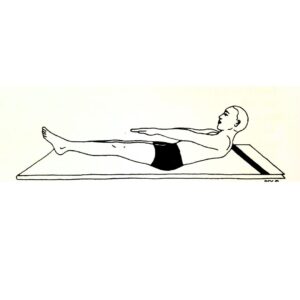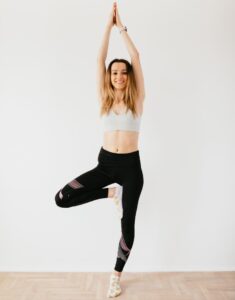Dolphin Plank Pose is yoga posture that assists to build strength in the muscles of the core, arms and shoulders. It also helps in stretching calves, hamstrings and arches of the feet.
The pose can be challenging yet rewarding posture that can be altered to accommodate various levels of strength and flexibility. Be aware of your body’s signals and only move in the direction that is comfortable to you. Avoid any discomfort or pain. Through consistent practice the Dolphin Plank Pose will enhance your the overall health and fitness.
The Dolphin Plank Pose, also called Makara Adho Mukha Svanasana, is a pose in yoga that blends the benefits of strengthening of the plank posture with health benefits of the dolphin posture. In a philosophical sense, the pose could be viewed as an expression of the traits of the crocodile and dolphin which are the two species are named for it. Dolphins symbolize the joy of play, fun and intelligence, whereas the crocodile symbolizes durability, strength, and endurance.
The Dolphin plank is believed to stimulate your manipura (solar Plexus) chakra that is connected to confidence, willpower and change. This can aid in building confidence in yourself, conquer fears, and help you grow personally.

Its Steps
Dolphin plank pose is a difficult variation of the classic plank pose. It requires stability, strength and focus. This is how you can do it:
- Get on your all fours and begin in an upright position on the table with your hands directly beneath your shoulders, and your knees placed under your hips.
- Reduce your forearms until they are parallel to the floor while ensuring that your elbows are directly beneath your shoulders.
- Retrace your feet by one step at a time and then enter an upright position, keeping your body aligned in an upright direction from your head up to your feet.
- Engage your shoulders and train your abdominal muscles, making sure that your hips sink.
- Maintain your neck and head in a relaxed position, looking at your toes, or in between your fingers.
- Keep this posture for a couple of minutes while engaging your core and pressing your toes, forearms and fingers.
- For a way to get out of the posture take your knees down to the floor and then release them into the child’s posture.
How long should you maintain the Dolphin Plank Pose?
The duration for which is required to hold the plank of dolphins will vary based on the degree of expertise, strength as well as the flexibility. The general rule is to begin in the beginning by holding the posture for about 10 seconds, slowly increase the duration until you are more at ease and more powerful.
Beginning students, holding the dolphin plank poses for about 10 seconds will help build muscles in your arm, the core, and shoulders, as well as strengthening balance and stability. Once you feel more confident within the position and increase your the strength you will be able to gradually increase your time of hold up to 30 seconds, 1 minute or more time.
For experienced practitioners practicing for longer periods, holding the posture for extended periods of time can test the mind and body by varying the way you approach it. Certain practitioners might remain in the pose for a few minutes. Others could incorporate more dynamic moves like the hip dips and leg lifts for a variety of the posture.
It’s crucial to be aware of your body, and stay within your limitations, slowly raising the time of hold when your body adjusts to the posture. Similar to all yoga poses one must concentrate on your breath and keep an even, calm breathing rhythm. If you notice any pain or discomfort while in the posture then it’s important to get from the pose and get help from a certified yoga instructor.
Benefits Of Dolphin Plank Pose
- Enhances core strength: Dolphin plank poses work the whole core, including the back muscles, abs as well as the glutes. A regular practice of this posture will help to tone and strengthen the muscles of the core, enhancing the stability and posture of your.
- Strengthens the upper part of your body: This pose requires lots of strength and endurance in shoulders, arms as well as the upper back. Regularly practicing dolphin planks will help increase the strength and endurance of the muscles involved.
- Increases balance: Dolphin planks require concentration and balance in order to hold the position. Regular practice is a great way to improve stability and balance, which is beneficial in various yoga postures and other everyday activities.
- Stretches the hamstrings: Flexes hamstrings Dolphin plank can also stretch the hamstrings. This could assist in decreasing tightness and increasing flexibility in legs.
- Relaxes your mind: Similar to other yoga postures the dolphin plank is a great way to ease tension in the mind as well as reduce anxiety and stress. Concentrating on your breath while doing the posture can bring a sense of peace and calm.
Precautions Of Dolphin Plank Pose
- Do not attempt if you suffer from neck or shoulder injuries: The dolphin plank poses puts immense pressure on the neck, shoulders and. If you’re suffering from discomfort or injuries within these regions It is recommended to stay clear of the pose, or alter the pose if necessary.
- Slow down: Dolphin plank pose is challenging and it’s crucial to practice it slowly and slowly progress until you can do the entire pose. If you’re unfamiliar with the position or are feeling tired You can begin with short periods of time, then slowly increasing the amount of time.
- Engage the core: To avoid strain to lower back muscles It is essential to activate your core muscles during the posture. Take care not to allow your back relax or let your hips rise too high.
- Do not do it if you are pregnant: If you’re expecting you should stay clear of the dolphin plank because it puts abdominal pressure and may cause discomfort.
- Pay attention to your body’s needs: It’s important to be aware of your body’s movements and stay clear of any discomfort or discomfort in the pose. If you feel any pain or discomfort, it’s recommended to alter the position or let go from it completely.
Discover these yoga postures and much more when you join the coming 200 Hour Yoga Teacher Training in Rishikesh Course in Himalaya yoga teacher training.



